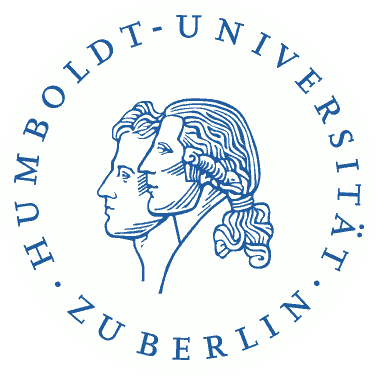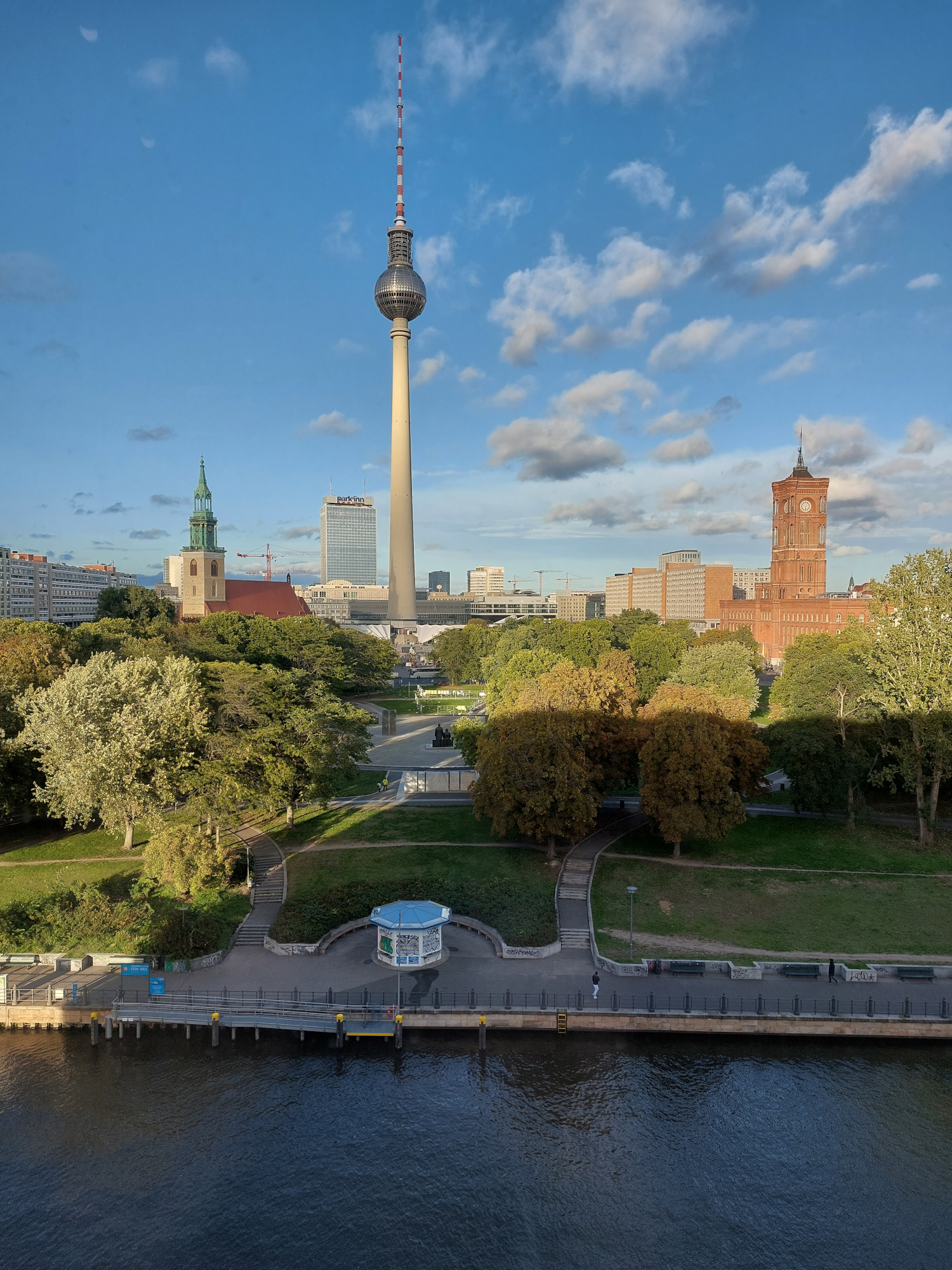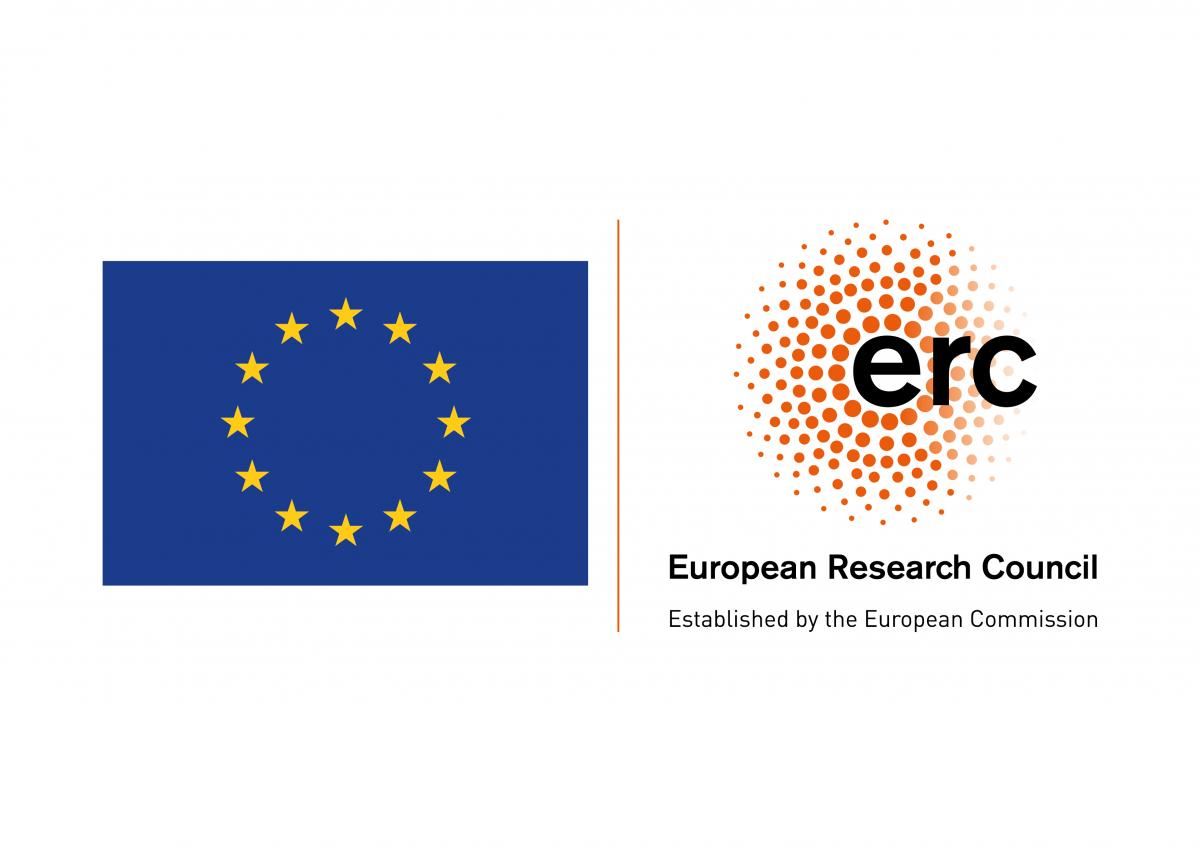Pictures
Schedule
Abstracts
click to show or hide
Marian Aprodu Resonance and vector bundles
The notion of resonance emerged in the theory of hyperplane arrangements and was subsequently extended to a much more general context in geometric group theory. In algebraic geometry, the resonance appears in various situations, mainly related to vector bundles. We will discuss several consequences of the resonance vanishing. The talk is based on a joint work with G. Farkas, C. Raicu and J. Weyman.
Laurent Bartholdi The outer automorphism group of a free group I will talk about some conjectures and results concerning the automorphism group of a free group; in particular, a filtration due to Andreadakis, and the group's cohomology, viewed as the cohomology of the Cullen-Vogtman "outer space" of marked graphs.
Nero Budur Deformation theory with cohomological constraints We review and illustrate Deligne's principle in deformation theory and its extension to cohomological constraints.
Philippe Eyssidieux Reshetikhin-Turaev representations as Kähler local Systems We give a survey of our joint work partially in progress with Louis Funar on the realization of the quantum representations of the mapping class groups as local systems on certain complex projective manifolds.
Stefan Friedl The polytope invariant
Louis Funar Quotients of mapping class groups by powers of Dehn twists We outline known results on infinite quotients of mapping class groups by powers of Dehn twists and show that many of them are Kähler.
Dawid Kielak Non-commutative rings with valuation and the Thurston polytope
I will explain the connection between the Thurston polytope and vanishing of homology with coefficients in the Novikov ring of a 3-manifold (group). The Novikov ring is a completion of a group ring with respect to a valuation, whereas the Thurston polytope controls the ways in which a 3-manifold can fibre over the circle.
Claudio Llosa Subgroups of hyperbolic groups, finiteness properties and complex hyperbolic lattices Hyperbolic groups form an important class of finitely generated groups that has attracted much attention in Geometric Group Theory. We call a group of finiteness type \(F_n\) if it has a classifying space with finitely man cells of dimension at most \(n\), generalising finite presentability, which is equivalent to type \(F_2\). Hyperbolic groups are of type \(F_n\) for all \(n\) and it is natural to ask if their subgroups inherit these strong finiteness properties. We use methods from complex geometry to show that every uniform arithmetic lattice with positive first Betti number in \(\mathrm{PU}(n, 1)\) admits a finite index subgroup, which maps onto the integers with kernel of type \(F_{n−1}\) and not \(F_n\). This answers an old question of Brady and produces many finitely presented non-hyperbolic subgroups of hyperbolic groups. This is joint work with Pierre Py.
Martin Möller Geometry of strata of abelian differentials We compare the geometry of strata of abelian differentials with their older sibling, the moduli space of curve. In particular we address the questions of its Euler characteristic and its Kodaira dimension.
Rahul Pandharipande and Samir Canning Cohomology of the moduli of Abelian varieties, curves, and K3 surfaces We will discuss directions old and new in the study of the cohomologies of these moduli spaces (with many open questions).
Dan Petersen Hyperelliptic curves, the scanning map, and moments of quadratic \(L\)-functions I will explain a calculation of the stable cohomology of the moduli space of hyperelliptic curves, with coefficients in an arbitrary symplectic local system. The result is closely related to, and provides a geometric interpretation of, a series of conjectures on asymptotics of moments of families of quadratic \(L\)-functions. (Joint with J. Bergström, A. Diaconu and C. Westerland).
Pierre Py Complex geometry and higher finiteness properties of groups
Following C.T.C. Wall, we say that a group \(G\) is of type \(F_n\) if it has a classifying space (a \(K(G,1)\)) whose \(n\)-skeleton is finite. When \(n=1\) (resp. \(n=2\)) one recovers the condition of finite generation (resp. finite presentation). The study of examples of groups which are of type \(F_{n-1}\) but not of type \(F_n\) for some n has a long history (Stallings, Bestvina-Brady, ...). One says that these examples of groups have exotic finiteness properties. In this talk I will explain how to use complex geometry to build new examples of groups with exotic finiteness properties. Moreover, these new examples will be fundamental groups of smooth projective varieties. This is part of a joint work with F. Nicolás, which generalizes earlier works by Dimca, Papadima and Suciu, Llosa Isenrich and Bridson and Llosa Isenrich.
Claudiu Raicu Koszul modules The goal of my talk is to introduce the basic theory of Koszul modules, and discuss a number of applications and open problems related to them. Koszul modules were originally introduced by Papadima and Suciu as topological invariants of groups, but more recently a more algebraic theory has emerged, which has resulted in new proofs of the generic Green conjecture, the canonical ribbon conjecture, and a number of interesting consequences to the study of algebraic varieties and that of finitely generated groups. Joint work with M. Aprodu, G. Farkas, S. Papadima, S. Sam, A. Suciu, J. Weyman.
Rohini Ramadas Complex dynamics: degenerations, and irreducibility problems
\(\mathrm{Per}_n\) is an affine algebraic curve, defined over \(\mathbb{Q}\), parametrizing (up to change of coordinates) degree-2 self-morphisms of \(\mathbb{P}^1\) with an \(n\)-periodic ramification point. The \(n\)-th Gleason polynomial \(G_n\) is a polynomial in one variable with \(\mathbb{Z}\)-coefficients, whose vanishing locus parametrizes (up to change of coordinates) degree-2 self-morphisms of \(\mathbb{C}\) with an \(n\)-periodic ramification point. Two long-standing open questions in complex dynamics are: (1) Is \(\mathrm{Per}_n\) irreducible over \(\mathbb{C}\)? (2) Is \(G_n\) irreducible over \(\mathbb{Q}\)?
We show that if \(G_n\) is irreducible over \(\mathbb{Q}\), then \(\mathrm{Per}_n\) is irreducible over \(\mathbb{C}\). In order to do this, we find a \(\mathbb{Q}\)-rational smooth point of a projective completion of \(\mathrm{Per}_n\). This \(\mathbb{Q}\)-rational smooth point represents a special degeneration of degree-2 morphisms, and as such admits an interpretation in terms of tropical geometry.
Frank-Olaf Schreyer Extensions of projective varieties and paracanonical curves of genus 6 A paracanonical curve is by definition a curve embedded by the complete linear series corresponding to the tensor product of the canonical bundle with a line bundle of degree 0. In this talk we introduce a computationally accessible approach to compute extensions of varieties \(X\) to varieties admitting \(X\) as a hyperplane section. We illustrate this in case of a general paraconical curve of genus 8, where it turns out there are precisely 26 irreducible families of extensions to surfaces \(S\) in 5-dimensional projective space.
Alex Suciu Resonance varieties of differential graded algebras Under suitable finiteness assumptions, one may define the Koszul modules and the resonance varieties of any differential graded algebra. When such a dga models a space or a group, the geometry of these varieties mirror topological and group-theoretical properties of those objects. In characteristic 0, rational homotopy theory methods provide a useful bridge between resonance and the various Lie algebras associated to a group. In characteristic 2, the action of the Bockstein homomorphism on the mod 2 cohomology ring yields new resonance varieties, which bear witness to orientability and Poincaré duality for closed manifolds.
Location
All lectures will happen on the Adlershof campus of the Humboldt University. The room is 1.021 at the IRIS Adlershof.
Address:
Humboldt-Universität zu Berlin
IRIS Adlershof
Zum Großen Windkanal 2
12489 Berlin
From the city center, take the south/airport-bound S-Bahn trains 8, 9, 45, 46 or 85 to the S-Adlershof station. It takes then a 10-minute walk to the conference venue, or a one-stop ride by any west-bound trams and buses to Walther-Nernst-Str.
A detailed local map
Acknowledgement
The conference is generously supported by:
|



